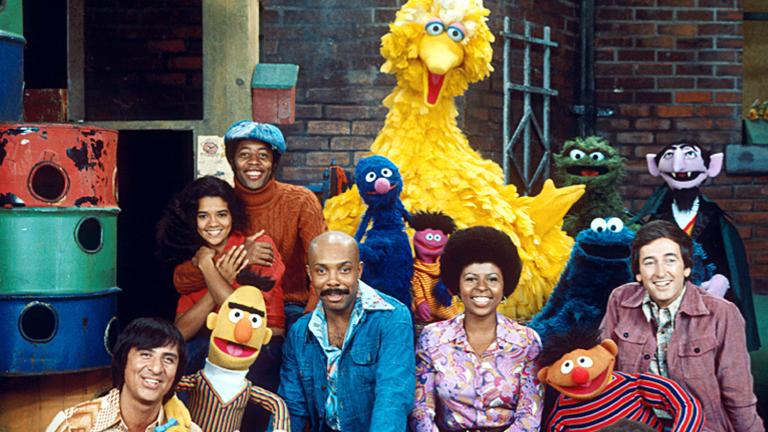Melbourne, Australia, is burnin’ up. In recent years, summer temperatures have peaked at about 113 degrees F — and the mercury is projected to keep rising, thanks to climate change. But now the city has a plan to beat back the heat: Plant more trees.
CityLab reports that, in Melbourne, things had to get worse before they got better. Since the mid-’90s, Southeastern Australia has been wracked with an epic drought, a debilitating water shortage, and a heatwave that ignited wildfires and caused a number of heat-related deaths.
The city suffered more than other areas because of the urban heat island effect, when the dense, concrete center gets considerably hotter than surrounding areas. (The fact that Melbourne sits on the world’s largest heat island probably doesn’t help.) And the city’s immune system — its trees, which provide shade, cooler temperatures, and clean air — were the first to suffer. When water supplies ran low, city officials cut them off, and trees suffered the consequences.
Melbourne still clings to approximately 70,000 trees, but according to the city’s website, it is expected to lose 27 percent of its remaining tree population within 10 years, and 44 percent within 20. Crikey.
Not to worry: City leaders have read The Lorax enough times to know there’s always an “unless.” Melbourne will plant 30,000 trees in the city’s central business district, increasing canopy cover from 22 percent to 40 percent by 2040. It also has a genius plan to keep them watered, even during dry times. Here’s CityLab:
Complementing the massive tree-planting scheme are more resilient methods of watering them. One such project, in Darling Street on the central city’s eastern fringe, was launched two years ago. The street was identified as an ideal experimental site: downhill, with parkland adjacent and located within the area that had borne the brunt of the drought.
The wider stormwater harvesting network now helps capture 25 percent of the water required to feed the landscape annually. That’s just the beginning. “We aim to source 50 percent of our water requirements from non-potable sources by 2030,” [said Councillor Arron Wood, chair of the city’s environment portfolio.] “Even during future drought. This network will provide us with water security in a cost-effective manner.”
This is all part of a climate change-fighting strategy is known as “urban canopy.” If this plan works, city officials think they could cool the city by 7 degrees. That’s big. The idea is delightfully, yet deceptively, simple — which makes us wonder, “Why didn’t we think of that?” Well, here’s a pleasant surprise: We did!
Many U.S. cities already have plans, or are in the midst, or adopting urban canopy plans, including Baltimore, Tampa, Palo Alto, Portland, Seattle, and plenty others. Plus, get this: In Baltimore, the increase of trees not only provided much-needed shade, but also improved air quality and cut crime levels. What’s more, Yale researchers have concluded that urban forests foster community engagement and neighborly love.
So when it comes to saving our cities from urban heat, it’s either love ’em or leaf ’em. (Sorry.)




